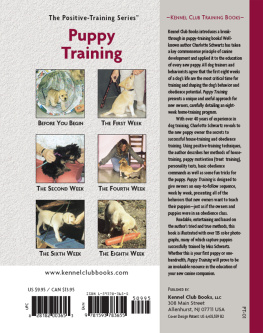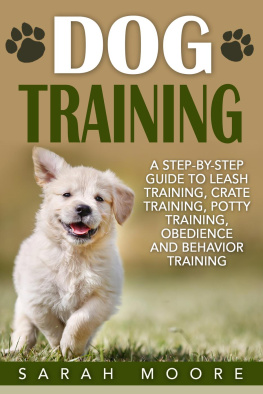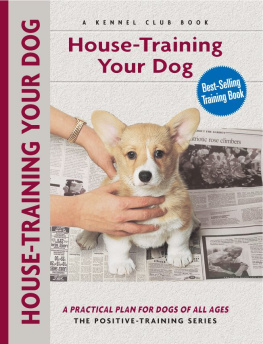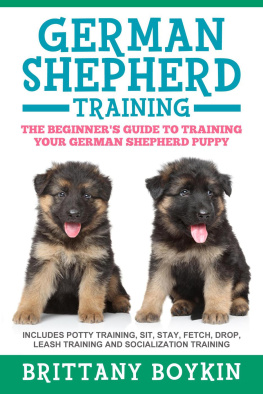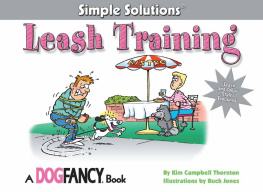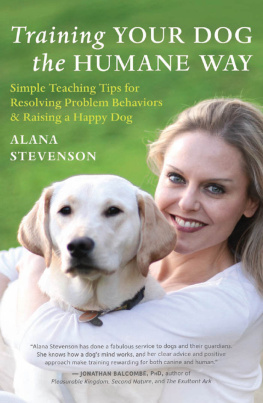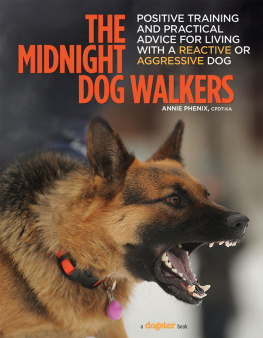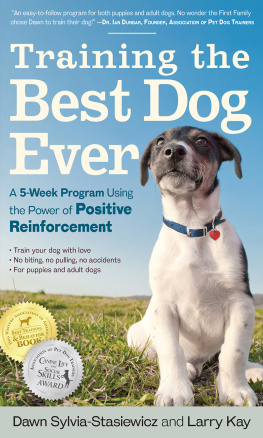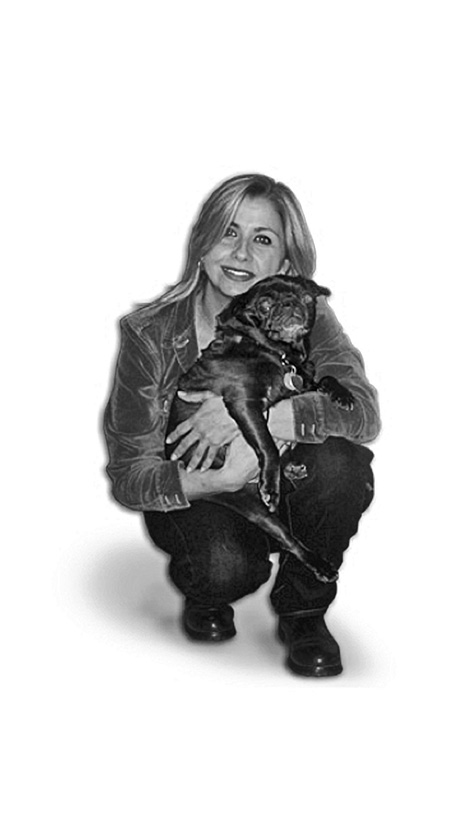
Published by the Penguin Group
Penguin Group (USA) Inc., 375 Hudson Street, New York, New York 10014, USA Penguin Group (Canada), 90 Eglinton Avenue East, Suite 700, Toronto, Ontario M4P 2Y3, Canada (a division of Pearson Penguin Canada Inc.) Penguin Books Ltd, 80 Strand, London WC2R 0RL, England Penguin Ireland, 25 St Stephens Green, Dublin 2, Ireland (a division of Penguin Books Ltd) Penguin Group (Australia), 250 Camberwell Road, Camberwell, Victoria 3124, Australia (a division of Pearson Australia Group Pty Ltd) Penguin Books India Pvt Ltd, 11 Community Centre, Panchsheel Park, New Delhi110 017, India Penguin Group (NZ), 67 Apollo Drive, Rosedale, North Shore 0632, New Zealand (a division of Pearson New Zealand Ltd) Penguin Books (South Africa) (Pty) Ltd, 24 Sturdee Avenue, Rosebank, Johannesburg 2196, South Africa
Penguin Books Ltd, Registered Offices: 80 Strand, London WC2R 0RL, England
Copyright 2012 by Kate Perry
All rights reserved. No part of this book may be reproduced, scanned, or distributed in any printed or electronic form without permission. Please do not participate in or encourage piracy of copyrighted materials in violation of the authors rights. Purchase only authorized editions.
Published simultaneously in Canada
constitutes an extension of this copyright page.
Most Avery books are available at special quantity discounts for bulk purchase for sales promotions, premiums, fund-raising, and educational needs. Special books or book excerpts also can be created to fit specific needs. For details, write Penguin Group (USA) Inc. Special Markets, 375 Hudson Street, New York, NY 10014.
ISBN 978-1-101-59659-3
While the authors have made every effort to provide accurate telephone numbers, Internet addresses, and other contact information at the time of publication, neither the publisher nor the authors assume any responsibility for errors, or for changes that occur after publication. Further, the publisher does not have any control over and does not assume any responsibility for author or third-party websites or their content.
To all the dogs Ive trained and especially to Sophie, my queen bee
K.P.
To Pomo, my heartbeat
Y.C.
CONTENTS
ONE-LESS-DOG MANTRA
Every household is different, and so is every dog. Taking a personal interest in each one of my clients cases has provided me with the opportunity to achieve my one-less-dog mantra. Building and enhancing the bond between owners and dogs in fun and innovative ways means one less dog is sent to a shelter and one less dog is euthanized.
The one-less-dog mantra is what led me to write this book. Its my giveback to the dogs that have rewarded me and enriched my life. My intention is for prospective and current owners, whether adopting, rescuing or purchasing a dog, to have a comprehensive, user-friendly read that supports the training process.
INTRODUCTION
W ho I am as a trainer has a great deal to do with Sophie, my re-homed pug. She entered my life at a crucial time. Jane, Sophies previous owner, was diagnosed with colon cancer. As her illness progressed, Sophie became more accustomed to spending her days by Janes side. When Jane was hospitalized for three weeks, I became a beloved auntie to Sophie.
Sophie stayed at my home, which is where I first became aware of her separation anxiety. I took her to my classes in part to manage her anxiety and in part to train her. When Jane returned home, it was to settle her affairs. Sophies welfare was her biggest worry. How should she go about the process of re-homing her dog?
During those three weeks, I had time to think about the situation and bond with Sophie. This was a dog with behavior challenges that needed to be addressed. This was a dog that loved, but was losing, her owner. This was a dog that was small in size but huge in spirit. I had fallen for Queen Sophie, a non-wallflower lady with a Bea Arthur Maude shoot-from-the-hip character.
I told Jane Id take her dog if she gave me her blessing. The image of Sophie snuggling up to Jane as the final decision was made remains unforgettable for me. There was a calmness in the dog that I hadnt seen before. Two souls were communicating what needed to be said. That evening I packed Sophies things and snapped on her leash. We said good night, realizing that it might be good-bye. The next day Jane died.
PROFESSOR SOPHIE
I started bringing Sophie to my classes because of her separation anxiety. As time progressed, she assumed the dog-on-dog instructor role of doling out decisive discipline, not aggression, to the pups as needed. She was first a student and then became a teacher. Professor Sophies lively and entertaining lessons imparted proper and useful cut-off signals for the pups. When they pounced in her face, she gave a shoulder slam, letting them know to respect their elders. If they became increasingly disrespectful and tried to bully her, she pinned them down with controlled force, not hurting them, but getting them to rethink their actions with her and other dogs. When they jumped repeatedly on her back, she responded with a high-pitched bark-bark in their faces. Wanna play with me? Play nice.
My velvet black pug taught me to look more closely at interactions between dogs, among dogs and people, and with dogs and their environment. She made me realize that the answers are usually right in front of us. Sophies show and tell demonstrations with puppies paralleled my training techniques with owners. Teaching put Sophie to work and served as an innovative stress reliever that reduced her separation anxiety. Her coping skills were advanced and her confidence boosted.
Professor Sophies empowering turnaround reaffirms to me that cooperative behavior is a strategy that balances connection, willingness and motivation. While dogs speak a different language than us, we share a common desire for a social partnering that stabilizes our lives. Sophie and I continue to grow together as educators: I teach the owners and she trains the puppies.
Observing dog-on-dog interplay clued me in to the importance of setting a dog up for success. Professor Sophies techniques and style focus on this. Corrections and redirects are done in such a way that her students begin offering their teacher good behavior. They look for the rewards attached to doing what is not only acceptable but also desired behavior. The environment includes play and an understanding of social ranking. Sophie is the top dog who leaves it to the students to work out social positioning among themselves, though she steps in when needed.
Ive always understood the canine thinking and behavior principles that Sophie demonstrates in class. However, it wasnt until she became my dog that scientific theory validated real-life experience. Along with my extensive training sessions with over two thousand dogs, and ongoing studies in the art and science of professional dog training, her symposiums are now forever integrated with me.


